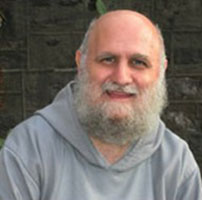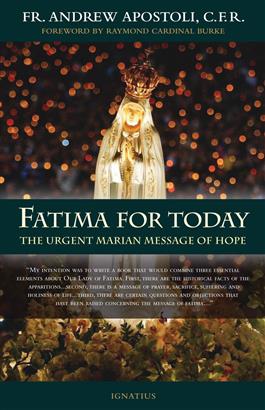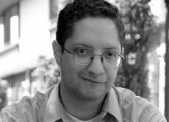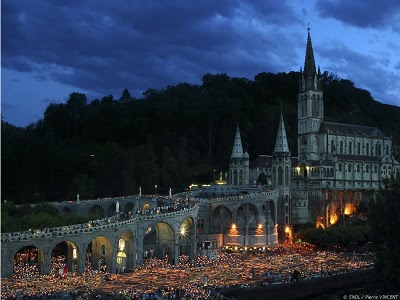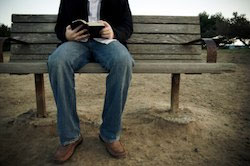Podcast: Play in new window | Download (Duration: 31:56 — 22.0MB) | Embed
Subscribe: Apple Podcasts | Spotify | Amazon Music | Android | Pandora | iHeartRadio | JioSaavn | Podchaser | Gaana | Podcast Index | Email | TuneIn | Deezer | Anghami | RSS | More
St. Leo the Great – The Doctors of the Church: The Charism of Wisdom with Dr. Matthew Bunson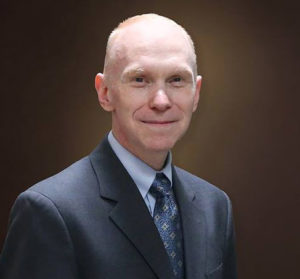
- Born: Tuscany, Italy
- Died: November 10, 461 AD, Rome, Italy
Dr. Matthew Bunson and Kris McGregor explore the life, teachings, and contributions of Pope St. Leo the Great. They discuss Leo’s background, his significant influence on the papacy, and his role in defending orthodox Christian doctrine amid turbulent times.
Pope St. Leo lived during a period of upheaval within both the Church and the Roman Empire. Notably, he confronted heresies that questioned Christ’s divinity and humanity, such as Arianism and Nestorianism, which led to ongoing debates over Christ’s nature. Leo’s “Tome,” a key theological document, clarified the Church’s stance on Christ’s dual nature as both fully human and divine, shaping the Council of Chalcedon’s doctrine in 451 AD. This affirmation became central to Christian Christology and reinforced the Virgin Mary’s title as Theotokos, or “Mother of God,” which had been confirmed in earlier councils.
Pope Leo’s theological insights and firm defense of the faith earned him the title “Doctor of the Church” and established his legacy as a “Great” saint. His contributions, particularly regarding the papal primacy and the nature of Christ, continue to influence Catholic teaching and underscore the importance of spiritual and doctrinal leadership within the Church.
Discerning Hearts Reflection Questions
- Pope Leo’s Courage and Leadership: How does Pope Leo’s boldness in confronting both Attila the Hun and the Vandals inspire us to act courageously in defending our faith and values?
- Defending the Faith in Challenging Times: In what ways can we, like Pope Leo, respond to theological and cultural challenges to our faith with clarity and conviction?
- Christ’s Dual Nature: How does Pope Leo’s affirmation of Christ’s full humanity and divinity shape our understanding of who Jesus is and our relationship with Him?
- Role of Papal Authority: What does Pope Leo’s role in affirming the primacy of the Pope teach us about the importance of Church unity and obedience to spiritual authority?
- The Impact of Holiness on History: How might Pope Leo’s deep personal holiness and spiritual influence inspire us to cultivate our own sanctity and positively impact those around us?
- Peace and Mediation: How can we follow Pope Leo’s example of striving for peace and reconciliation in our communities and personal lives?
- Enduring Legacy of Truth: In what ways does Pope Leo’s theological clarity at the Council of Chalcedon encourage us to seek and proclaim truth, even when it requires perseverance and effort?
- The Virgin Mary’s Role: How does the Council’s affirmation of Mary as Theotokos (Mother of God) deepen our devotion to her and understanding of her role in the mystery of Christ?
For more on St. Leo the Great and his teachings
From Vatican.va, an excerpt from the teachings of Pope Benedict XVI General Audience 2008
“Aware of the historical period in which he lived and of the change that was taking place – from pagan Rome to Christian Rome – in a period of profound crisis, Leo the Great knew how to make himself close to the people and the faithful with his pastoral action and his preaching. He enlivened charity in a Rome tried by famines, an influx of refugees, injustice and poverty. He opposed pagan superstitions and the actions of Manichaean groups. He associated the liturgy with the daily life of Christians: for example, by combining the practice of fasting with charity and almsgiving above all on the occasion of the Quattro tempora, which in the course of the year marked the change of seasons. In particular, Leo the Great taught his faithful – and his words still apply for us today – that the Christian liturgy is not the memory of past events, but the actualization of invisible realities which act in the lives of each one of us. This is what he stressed in a sermon (cf. 64, 1-2) on Easter, to be celebrated in every season of the year “not so much as something of the past as rather an event of the present”. All this fits into a precise project, the Holy Pontiff insisted: just as, in fact, the Creator enlivened with the breath of rational life man formed from the dust of the ground, after the original sin he sent his Son into the world to restore to man his lost dignity and to destroy the dominion of the devil through the new life of grace.
This is the Christological mystery to which St Leo the Great, with his Letter to the Council of Ephesus, made an effective and essential contribution, confirming for all time – through this Council – what St Peter said at Caesarea Philippi. With Peter and as Peter, he professed: “You are the Christ, the Son of the living God”. And so it is that God and man together “are not foreign to the human race but alien to sin” (cf. Serm. 64). Through the force of this Christological faith he was a great messenger of peace and love. He thus shows us the way: in faith we learn charity. Let us therefore learn with St Leo the Great to believe in Christ, true God and true Man, and to implement this faith every day in action for peace and love of neighbour.”
For more visit Vatican.va
For more from Dr. Matthew Bunson, check out his Discerning Hearts page.
Dr. Matthew E. Bunson is a Register senior editor and a senior contributor to EWTN News. For the past 20 years, he has been active in the area of Catholic social communications and education, including writing, editing, and teaching on a variety of topics related to Church history, the papacy, the saints and Catholic culture. He is faculty chair at Catholic Distance University, a senior fellow of the St. Paul Center for Biblical Theology, and the author or co-author of over 50 books including The Encyclopedia of Catholic History, The Pope Encyclopedia, We Have a Pope! Benedict XVI, The Saints Encyclopedia and best-selling biographies of St. Damien of Molokai and St. Kateri Tekakwitha.

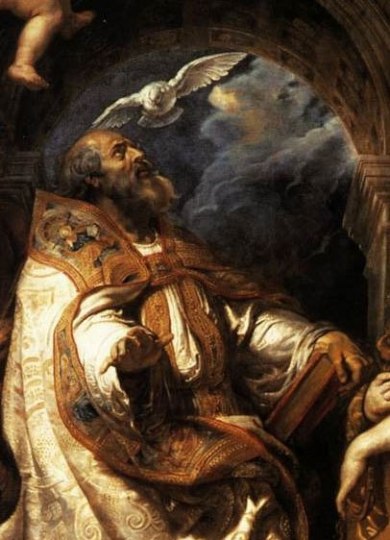
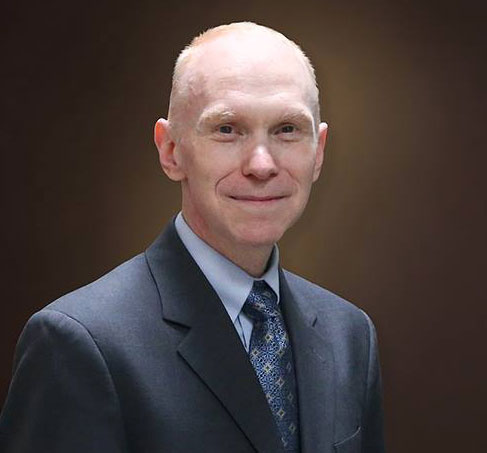
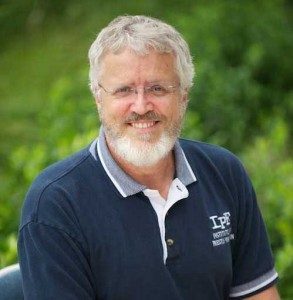
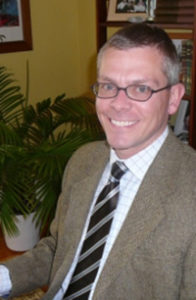
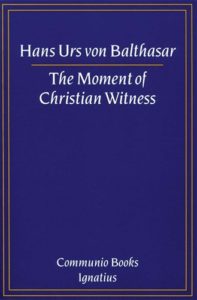 From the book description:
From the book description: